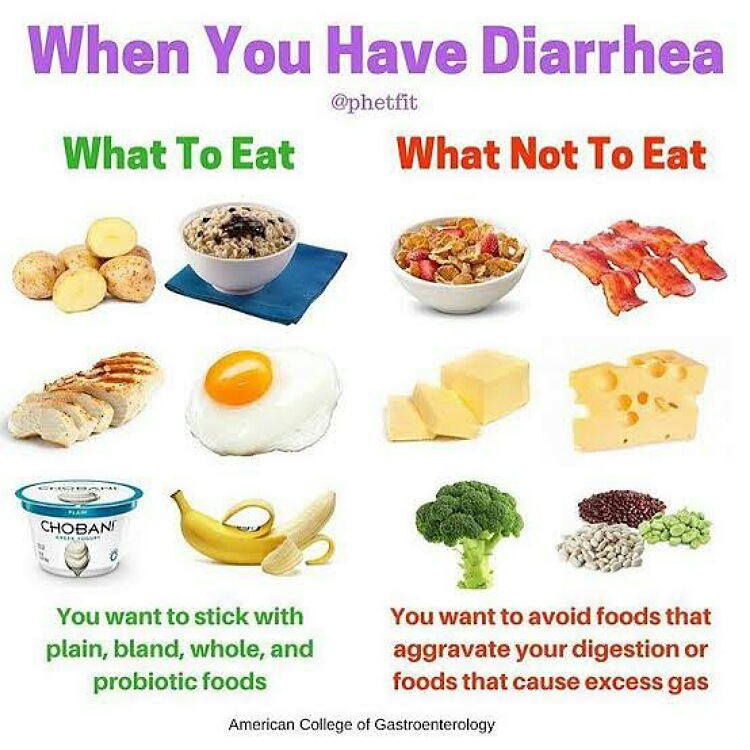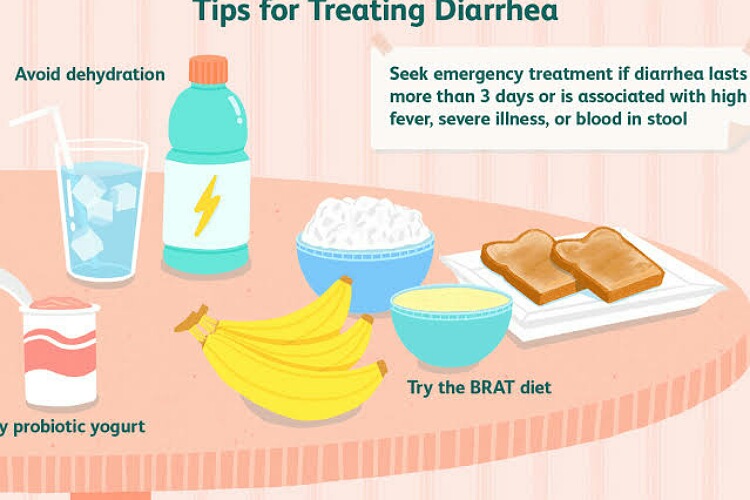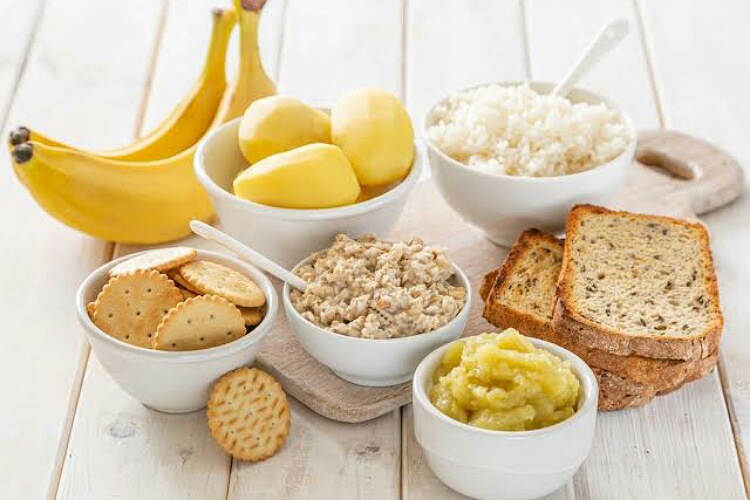Everyone would have experienced loose motions at least once in their lifetime. Besides water with salt to replenish the lost body water, the patient of diarrhea also requires proper nutrition. What type of diet should one follow during the loose motions illness and after it stops during the recovery phase?
Diarrhea and the problems
Diarrhea is passage of frequent watery stools. It leads to loss of water and salts from the body. But in this gut condition, nutrition too suffers. The patient is unable to eat, has loss of appetite, and also vomiting. At such a time, the aim is to rehydrate the body and prevent dehydration. Salt and water replenishment both are vital.

But along with water and solutes, the goal should be to have an intake of nutrients as much as possible. It could be difficult but right type of foods are essential to overcome the weakness and lack of energy. What foods should one consume during an attack of loose motions? What foods are essential during the recovery phase of this illness?
Foods that help during loose motions attack
During the acute phase, one should have lots of water and electrolyte solution. If there is vomiting, try to take sip-sip of this salt solution. The fluid taken should have water, salt, and lemon juice. Salt provides sodium and lemon juice gives potassium. Both of these minerals are lost in the watery stools.

Besides fluids, diet should also contain foods that is watery, quick energy providing, quick absorptive and not inducing vomiting. The BRAT diet is considered best in this situation. This stands for bananas, rice, apple sauce and toast. Moreover, the patient can take low fat foods that are bland and less spicy. The aim is to gather as much as nutrients without further disturbing the gut. During loose motions, avoid dietary insoluble fiber as it can worsen the condition.
Recovery diet
While recovering from loose motions, go slow on foods. Reintroduce foods slowly and these should be nutrient dense and tolerable. As regards fiber rich foods, there are two types of fibers in foods. The first is soluble fiber and the second is insoluble fiber. The soluble fiber dissolves in water and acts as a prebiotic. This is food for the healthy bacteria. They proliferate and help in limiting the loose stools. This fiber also delays the movement of stools in the gut. While the insoluble fiber is not dissolvable. It absorbs water and loosens the stools that is already watery. Avoid this fiber in food during recovery.

Oatmeal has a lot of soluble fiber and is good food choice during recovery. During recovery you can continue with BRAT diet. Add eggs but with less oil or butter. Plain and low fat yoghurt is good to improve gut microbiome. One can have pancakes or waffles but with no syrup.
Read more: Red meat: which 6 group of people should avoid this food?
Protein intake should be more during recovery for faster and better healing of the damaged gut wall. Add carbs to bind the stools. But continue to limit fats for some more days. Best options are canned tuna in water (not in oil), lean chicken, pork, or turkey, chicken broth, crackers, plain pasta, noodles, simple sandwiches, mashed potatoes, sweet potatoes, vegetables (small amounts) or vegetable soups. For few days, also avoid whole grains.
